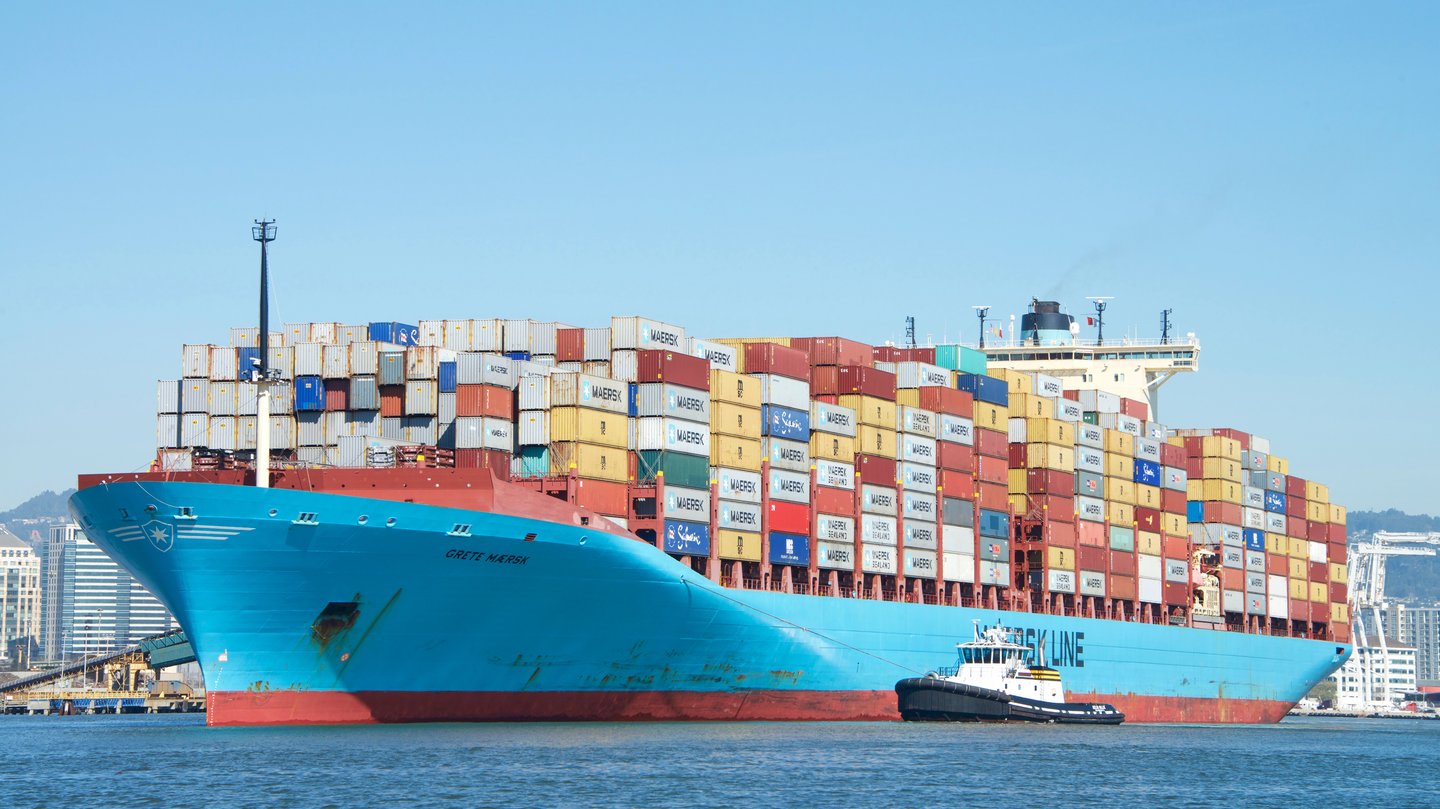Strike Concerns Drive Traffic At U.S. Ports
Inbound cargo volume at the nation’s container ports could see a near-record surge in August as retailers bring in merchandise ahead of a possible strike at East Coast and West Coast ports this fall.
According to the National Retail Federation, the contract between the International Longshoremen’s Association and the United States Maritime Alliance covering East Coast and Gulf Coast ports is set to expire on September 30. Negotiations have broken down and the ILA has threatened to strike if a new contract is not reached by then.
“Many retailers have taken precautions including earlier shipping and shifting cargo to West Coast ports,” said Jonathan Gold, vice president for Supply Chain and Customs Policy for the NRF. “We hope to see both sides resolve this issue before the current contract expires because retailers and the economy cannot afford to see a prolonged strike.”
While retailers keep an eye on labor issues at the ports, the level of goods from overseas continues to flow. U.S. ports covered by the Global Tracker Report from the NRF and Hackett Associates handled 2.16 million Twenty-Foot Equivalent Units (TEU) – one 20-foot container or its equivalent – in June, the latest month for which final numbers are available. That was up 3.6% from May and up 17.7% year-over-year, bringing the total for the first half of 2024 to 12.1 million TEU, up 15% over the same period in 2023.
Ports have not yet reported July’s numbers, but Global Port Tracker projected that volume increased to 2.34 million TEU, up 22.1% year-over-year and the highest level since the record of 2.4 million TEU set in May 2022. August is forecast to also total 2.34 million TEU, up 19.2% year-over-year.
September is forecast at 2.16 million TEU, up 6.5% year-over-year; October at 2.09 million TEU, up 1.7%; November at 1.98 million TEU, up 4.4%, and December at 1.94 million TEU, up 3.5%. Those numbers would bring 2024 to 24.9 million TEU, up 12.1% from 2023.




